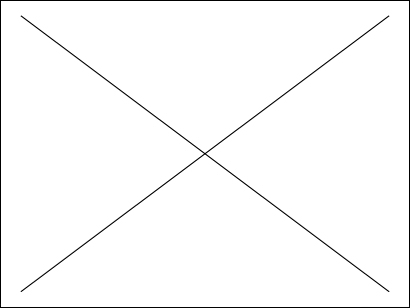Livre - Ipek
E3A 501.1 1
Description
Livre
Azimuth Editions Limited
Raby Julian
Effeny Alison
Presentation materielle : 360 p.
Dimensions : 37 cm
Figured silk fabrics were among the most powerful and most characteristic artistic products of the Ottoman empire. Though their role as diplomatic gifts, silks came to symbolize the Ottoman imperium to foreigners, while at home they were an important vehicle for the transmission of artistic ideas, and a key factor in economy. Wars were fought for control of silk revenues, and governments devoted major bureaucratic efforts toward the organization, regulation and taxation of silk production. Silks took a major role in Ottoman public ceremonies and in upper-class culture, denoting status and forming a part of the compensation of state officials. This book is the result of an international research project under-taken over a number of years. It is the first major study of Ottoman textiles to attempt a classification of the key technical and decorative categories, and is also the first to offer a catalogue of dateable textiles. The authors not only draw on the famous collections of the Topkapi Palace in Istanbul and other major museums around the world, but have rediscovered many lesser-known fabrics in ecclesiastical treasuries in Russia and Central Europe. New research in the Ottoman archives has shed documentary lihgt on the legislation of silk production, and on the competing industries of Bursa and Istanbul. Examples of the three weaves favoured by the Ottomans, serâser (cloth of gold and the silver), kadife (velvet) and kemha (a type of brocaded fabric) are illustrated in full-page colour illustrations, and black-and-white figures of many of the key design groups demonstrate the creativity of Ottoman weavers. Nurhan Atasoy, formerly Professor and Dean of the Faculty of Letters, Istanbul University, has been a distinguished lecturer, author and organizer of exhibitions on many aspects of the history of the arts in Turkey. Among her major projects was the organization of the international travelling exhibition The Anatolian Civilisations in 1983, and her publications include several on Ottoman miniature painting and Iznik. The Pottery of Ottoman Turkey (with Julian Raby). Walter Denny is Professor of Art History and Middle Eastern Studies at the University of Massachusetts, and Honorary Curator of Carpets and Textiles at the Harvard University Art Museums. He is a prolific author on Islamic art, in particular the textiles and ceramics of Ottoman Turkey. Louise W. Mackie is Curator of Textiles and Islamic Art at the Cleveland Museum of Art and formerly held curatorial posts at the Royal Ontario Museum, Toronto and The Textile Museum, Washington, DC. She lectures and has published on many aspects of Islamic textiles. Hulya Tezcan is Curator of Textiles at the Topkapi Palace Museum in Istanbul, and Assistant Professor in the Master's programme at Yildiz Technical University in Istanbul. She has prepared various exhibitions on the textiles and clothing of the Topkapi Palace Museum, and has written widely on Ottoman textiles, leather and fur, including a catalogue in Arabic on the textile coverings for the Kaaba in Mecca.
Foreword 9 Authors' acknowledgements 10 Publisher's note 11 Map 12 Chronology of the Ottoman dynasty 13 Introduction 15 Part One - The historical and cultural background Textiles and ceremonies at the Ottoman court 21 Colour Plates 36 Part Two - The Ottoman silk industry A chronological overview 155 The silk industry in Bursa 159 The silk industry in Istanbul 165 Other centres 172 Part Three - Trade Ottoman silks in the Balkans, Poland and Russia 176 Italian silks for the Ottoman market 182 Part Four - Silk textile manufacturing The basics of silk manufacturing 191 The design of patterned silks 203 Production efficiencies 211 The three favoured weaves 217 Part Five - Dating Ottoman silk textiles Methodologies 226 Catalogue of dateable Ottoman silk textiles 240 The question of the Topkapi Palace labels 253 Designs and layouts 255 Technical analyses of selected textiles 322 Glossary 341 Notes 343 Bibliography 353 Index 358 Photographic credits 360
Bibliogr. p. 353-357. Glossaire. Index
